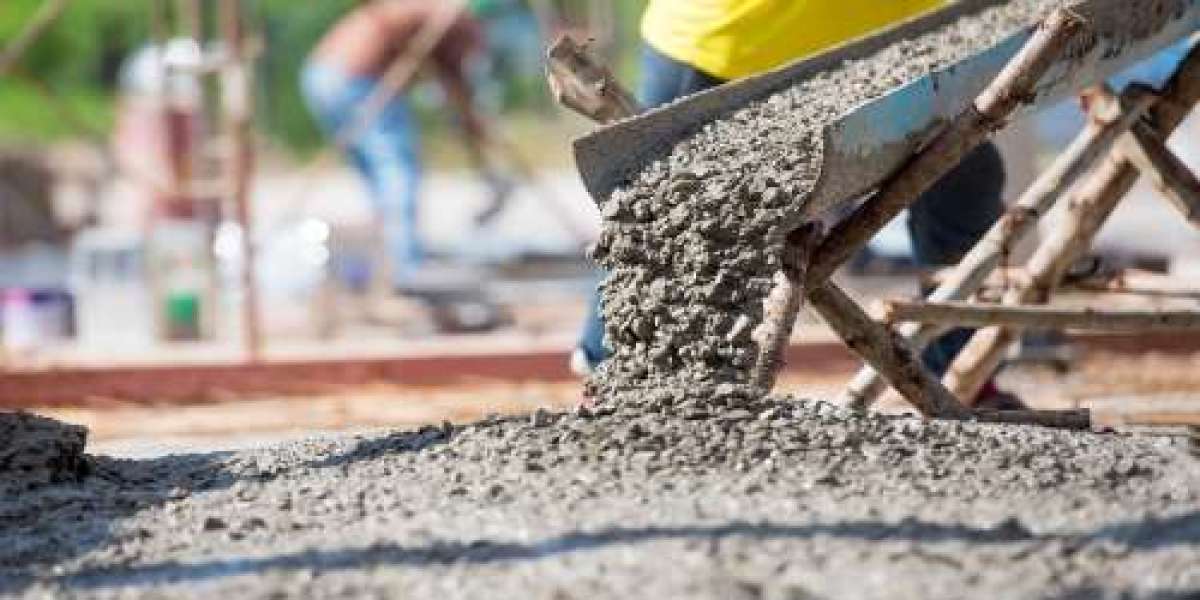New York City, a vibrant metropolis, is known for its iconic skyline, bustling streets, and the constant hum of urban life. Beneath the surface of this dynamic city lies a network of sidewalks, the unsung heroes of pedestrian travel. These pathways, often taken for granted, play a crucial role in the safety and accessibility of our communities. However, the constant wear and tear of city life, coupled with weather fluctuations, can take a toll on these essential structures. This article aims to provide a comprehensive guide to understanding the importance of sidewalk maintenance, the common issues that arise, and the solutions available, particularly focusing on fixing sidewalk concrete in the context of New York's unique environment.
The Importance of Well-Maintained Sidewalks
Sidewalks of new york are more than just places to walk; they are fundamental to the fabric of our neighborhoods. They facilitate pedestrian movement, connect communities, and contribute to the overall aesthetic appeal of our streets. Well-maintained sidewalks offer numerous benefits:
- Safety: Smooth, even sidewalks minimize the risk of trips, falls, and other accidents, protecting pedestrians of all ages and abilities. This is especially crucial in a densely populated city like New York, where pedestrian traffic is high.
- Accessibility: Accessible sidewalks are essential for individuals with disabilities, ensuring they can navigate the city safely and independently. Cracked, uneven, or obstructed sidewalks can create significant barriers for wheelchair users, those with mobility impairments, and people using strollers.
- Property Value: Well-maintained sidewalks enhance the curb appeal of properties and contribute to the overall value of a neighborhood. Conversely, neglected sidewalks can detract from the appearance of a street and potentially lower property values.
- Community Pride: Caring for our sidewalks reflects a sense of community pride and demonstrates a commitment to creating a welcoming and safe environment for all residents.
- Legal Obligations: In New York City, property owners have a legal responsibility to maintain the sidewalks adjacent to their properties. Failure to do so can result in fines and liability for accidents.
Common Sidewalk Problems in New York
New York's sidewalks face a barrage of challenges, from heavy foot traffic and extreme weather conditions to tree root growth and construction activity. Some of the most common problems include:
- Cracks: Cracks are a common occurrence, often caused by freeze-thaw cycles, tree roots, or general wear and tear. Small cracks can quickly escalate into larger problems if not addressed promptly.
- Uneven Surfaces: Uneven sidewalks can result from settling, tree root upheaval, or improper installation. These uneven surfaces pose a significant tripping hazard.
- Spalling: Spalling occurs when the surface layer of concrete flakes or peels away, often due to exposure to salt, de-icing chemicals, or freeze-thaw cycles. This can create a rough and unsightly surface.
- Potholes: Potholes, similar to those found in roadways, can also develop in sidewalks, particularly in areas with heavy traffic or poor drainage.
- Tree Root Damage: Tree roots can exert significant pressure on sidewalks, causing cracks, upheaval, and displacement. This is a common issue in New York City, with its abundance of street trees.
- Missing or Broken Sections: In some cases, sections of sidewalk may be missing or broken entirely, creating a significant safety hazard.
Fixing Sidewalk Concrete: Solutions and Best Practices
Addressing sidewalk problems requires a variety of solutions, depending on the severity and nature of the damage. Here are some common approaches to fixing sidewalk concrete:
- Crack Sealing: For minor cracks, crack sealing can prevent water from entering and further damaging the concrete. This involves cleaning the crack and filling it with a flexible sealant.
- Concrete Patching: Larger cracks and spalled areas can be repaired with concrete patching. This involves removing the damaged concrete and replacing it with new concrete mix.
- Slabjacking: Slabjacking is a technique used to raise sunken or uneven concrete slabs. This involves injecting a grout material beneath the slab to lift it back to its original position.
- Concrete Replacement: In cases of severe damage, it may be necessary to replace entire sections of sidewalk. This is a more extensive and costly process, but it provides a long-term solution.
- Tree Root Management: Addressing tree root damage often involves pruning or removing problematic roots. In some cases, it may be necessary to install root barriers to prevent future damage.
Navigating the Sidewalk Repair Process in New York
Fixing sidewalk concrete in New York City can be a complex process, involving compliance with local regulations and coordination with relevant agencies. Here are some key considerations:
- NYC Department of Transportation (DOT) Regulations: Property owners in New York City are responsible for maintaining the sidewalks adjacent to their properties. The DOT has specific regulations regarding sidewalk construction and repair, which must be followed.
- Permits: In many cases, permits are required for sidewalk repair work. It is essential to obtain the necessary permits before starting any work.
- Contractor Selection: Choosing a qualified and experienced contractor is crucial for ensuring that the work is done properly and in compliance with regulations. Look for contractors with a proven track record of sidewalk repair in New York City.
- Cost Considerations: The cost of sidewalk repair can vary depending on the extent of the damage and the type of repair required. It is advisable to obtain multiple estimates from reputable contractors before making a decision.
Proactive Sidewalk Maintenance: Preventing Future Problems
While repairs are sometimes unavoidable, proactive sidewalk maintenance can help prevent future problems and extend the lifespan of your sidewalks. Here are some tips:
- Regular Inspections: Regularly inspect your sidewalks for signs of damage, such as cracks, uneven surfaces, or spalling. Addressing minor problems early can prevent them from escalating into larger issues.
- Cleaning: Keep your sidewalks clean and free of debris. This can help prevent the buildup of dirt and moisture, which can contribute to damage.
- Proper Drainage: Ensure that water drains properly away from your sidewalks. Poor drainage can lead to cracks and other problems.
- Tree Care: If you have trees near your sidewalks, take steps to manage their roots and prevent them from damaging the concrete.
Conclusion
Sidewalks are an integral part of New York City's infrastructure, playing a vital role in pedestrian safety, accessibility, and community aesthetics. Understanding the common problems that affect sidewalks, the available solutions, and the regulatory requirements is essential for property owners and residents alike. By prioritizing proactive maintenance and addressing issues promptly, we can ensure that New York's sidewalks remain safe, functional, and beautiful for generations to come. Whether you're dealing with minor cracks or require extensive concrete replacement, understanding the process of fixing sidewalk concrete is crucial for navigating the concrete jungle of New York. Remember to consult with qualified professionals and adhere to local regulations to ensure the longevity and safety of your sidewalks.








